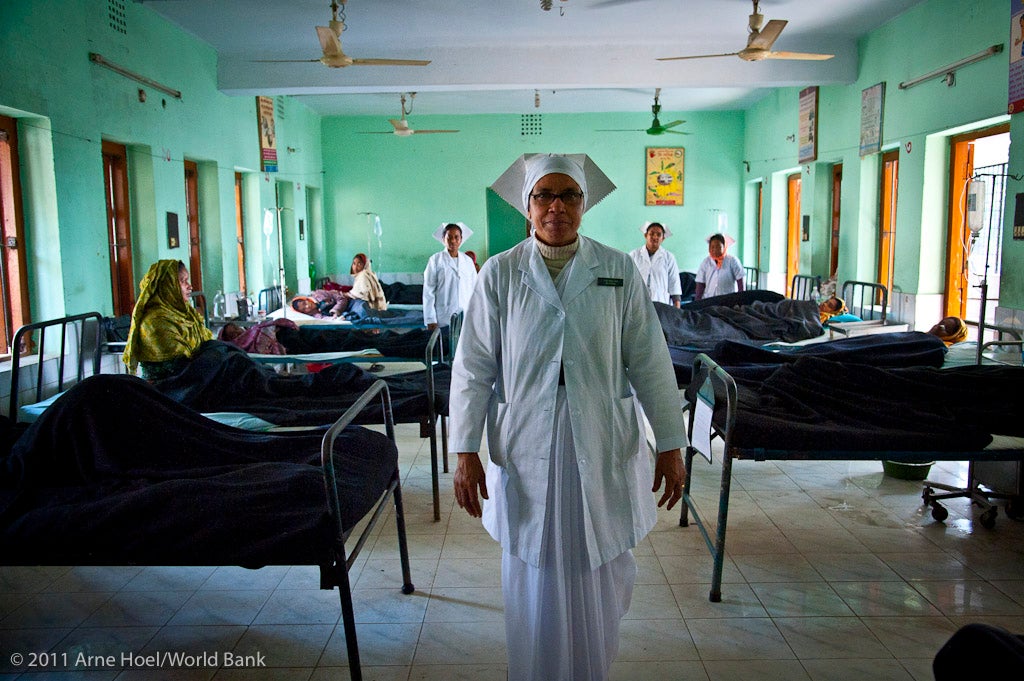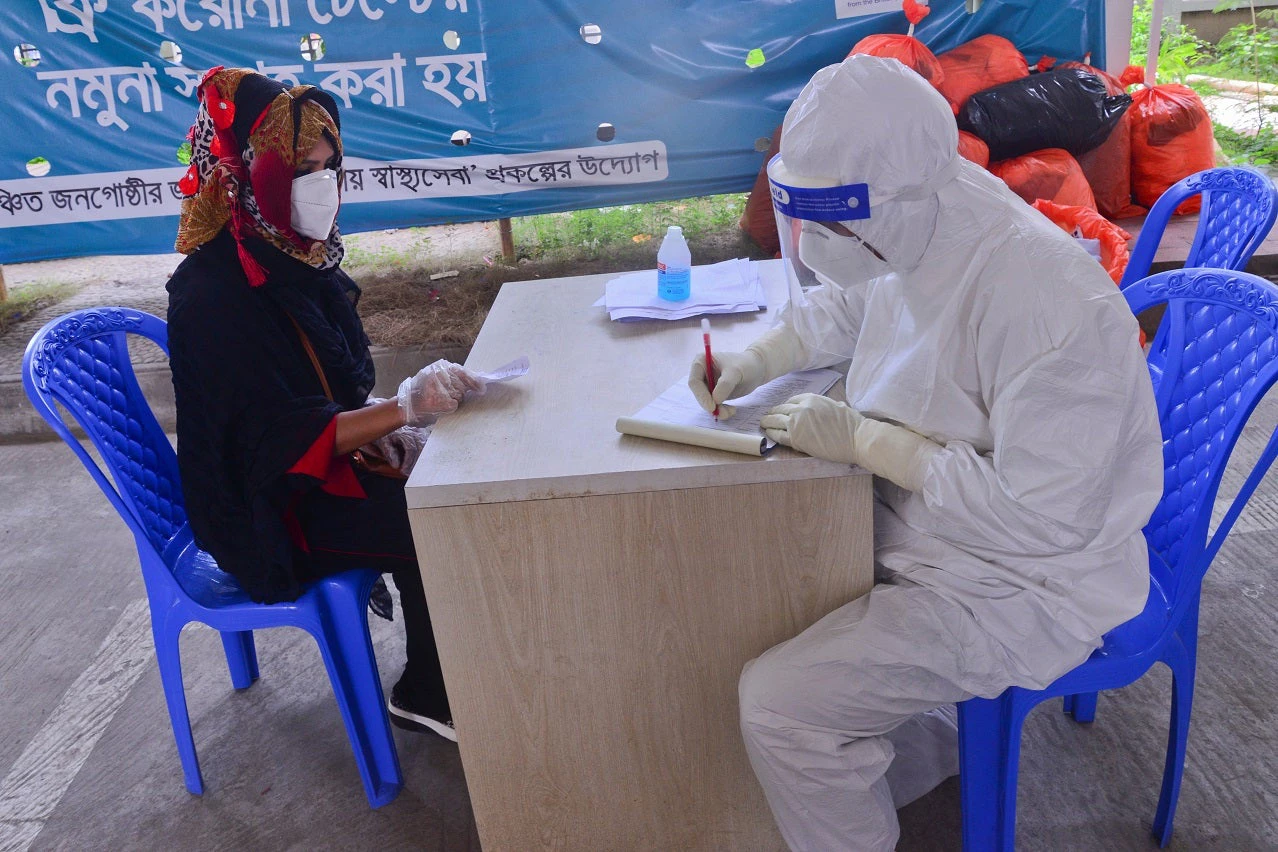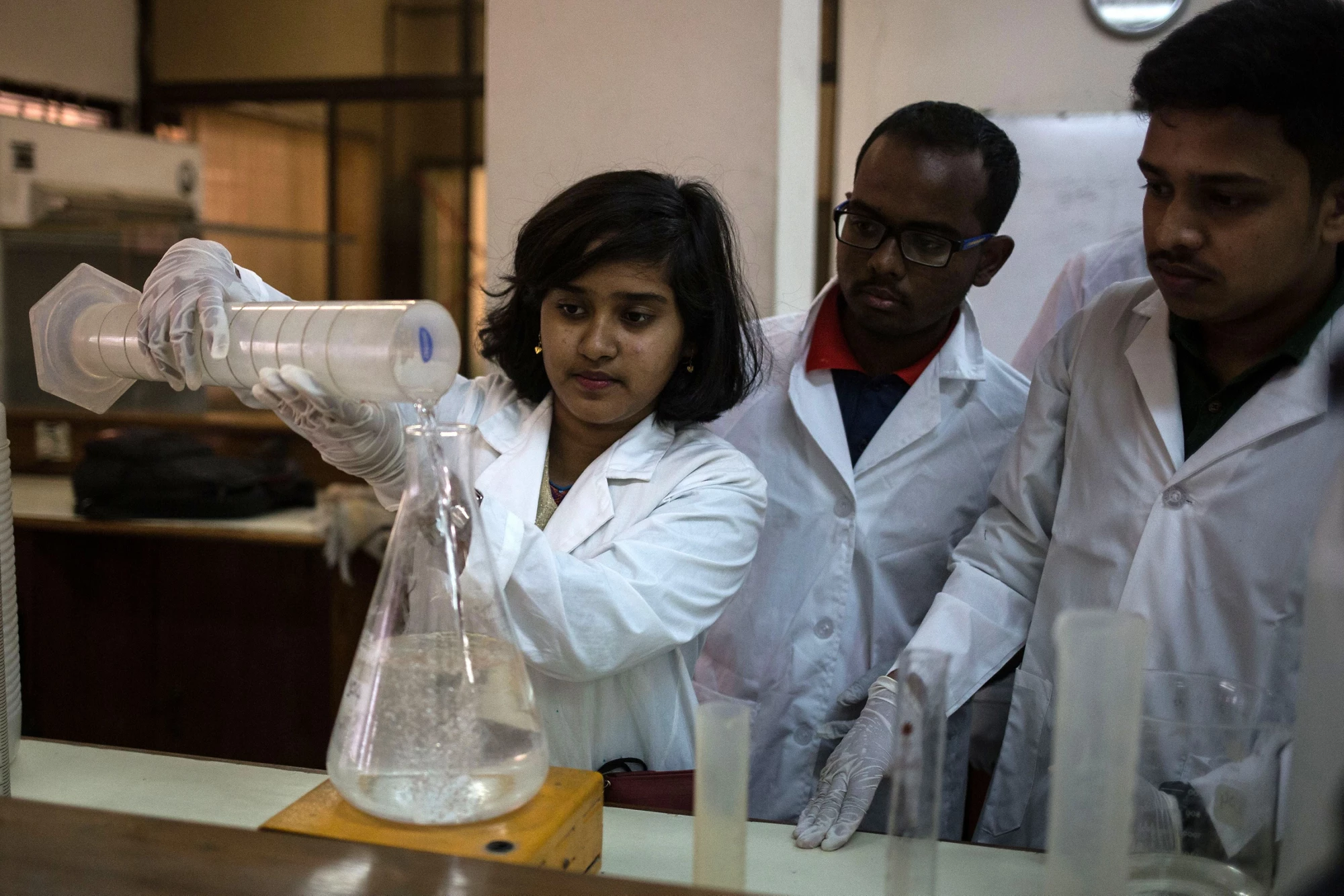 Responding to and learning from the pandemic presents an important opportunity for Bangladesh's health sector. Photo courtesy The World Bank
Responding to and learning from the pandemic presents an important opportunity for Bangladesh's health sector. Photo courtesy The World Bank
From poor management to the quality of available health care, the COVID-19 pandemic has exposed many vulnerabilities in health care systems across South Asian countries, including Bangladesh. As we respond to and learn from this crisis, it presents an important opportunity for the country to re-examine the health care sector, including the need for strategic allocation of resources .
On June 30, the Bangladesh Parliament passed the FY21 budget with increased allocations to sectors dealing with the effects of COVID-19, including the health, education, agriculture, and social welfare sectors. The proposed expenditure of BDT 5,680 billion ($ 66.8 billion), was 8.6 percent higher than the original FY20 budget. BDT 292.5 billion ($ 3.4 billion) has been allocated to the health sector, up from BDT 257.3 ($ 3.0 billion) in the original FY20 budget, a nominal increase of 13.7 percent.
Allocation to the health sector stands at 5.14 percent of the total FY21 budget and is less than 1 percent of GDP. This low expenditure towards health is not a new phenomenon.
medical equipment, and supplies. Photo: Mamunur Rashid / Shutterstock.com
While this is certainly a step in the right direction, is it enough?
-
Currently, due to the relatively low allocation of budget to the sector, individuals have to bear a large share of medical costs, with 67 percent of expenses borne by households through out-of-pocket payments. Allocation to the health sector stands at 5.14 percent of the total FY21 budget and is less than 1 percent of GDP. This low expenditure towards health in Bangladesh is not a new phenomenon. For many years, the government’s budget allocation to the Ministry of Health and Family Welfare (MOHFW) has been hovering around the 5 percent mark. In 2017, health expenditure was 2.3 percent of GDP, substantially lower than the South Asian and Lower Middle Income Country (LMIC) average at 5.3 percent and 5.4 percent of GDP.
-
Support from development partners has always been an important source of health financing in Bangladesh. The World Bank and the Asian Development Bank (ADB) have signed agreements of $100 million each for strengthening government systems for COVID-19 response. Without this support, the proposed allocation to health would be 4.8 percent of the budget, which would represent an increase in allocation of only BDT 18.7 billion ($0.2 billion) or 7 percent compared to the original FY20 budget.
The pandemic provides an opportunity to reprioritize health for Bangladeshis. Photo courtesy - Shutterstock
So, what are some of the options available to the government?
-
Refocus attention to the health care sector and adopt and implement a longer-term strategy to further strengthen its capacity. Even without the COVID-19 pandemic, increased budgetary allocation is needed to address some of the critical shortages of trained human resources (both medical and managerial), medical equipment, and supplies. In addition, with Bangladesh gradually becoming a middle-income country, support from development partners will decline. The government will, therefore, need to mobilize its own resources to fill this void.
-
Support reforms towards a robust public financial management (PFM) system to improve transparency in the sector. The MOHFW needs to efficiently use the existing resources that are available through better planning and management of the sector. As a recent World Bank paper on Strengthening Health Finance and Service Delivery in Bangladesh, illustrates, effective PFM in the health sector will help to address problems with delay in fund availability, recruitment and retention of human resources, delay in procurement of drugs and medical supplies, and lack of provision for allocating operational funds at the facility level. This will certainly strengthen health service delivery at district level and below.
The global COVID-19 pandemic provides an opportunity for the government to reprioritize health in the national agenda. If Bangladesh is to stay on track towards attaining the Sustainable Development Goal (SDG 3) of achieving Universal Health Coverage, this is an opportunity the country cannot afford to miss.





Join the Conversation